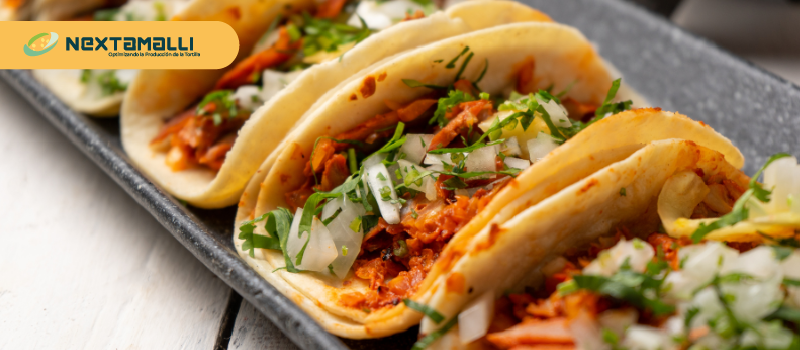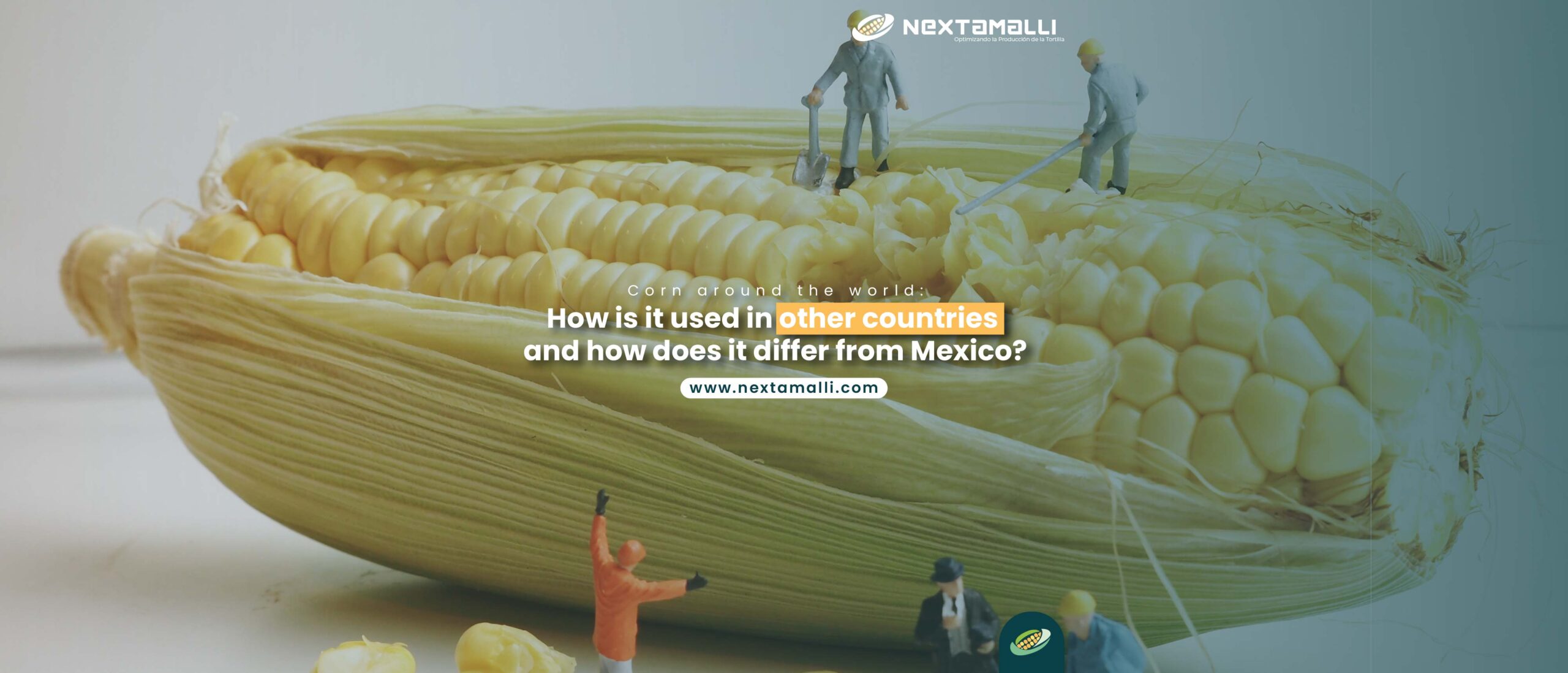Nixtamal is a fundamental ingredient in Mexican cuisine, and it has been used since pre-Hispanic times. It is a type of hominy made by cooking maize kernels with an alkaline solution, usually limewater. This process alters the physical and nutritional properties of the maize, making it more nutritious and easier to digest. Nixtamal has a wide variety of uses, both gastronomically and in the industry.
Gastronomically, nixtamal is used to make a variety of traditional dishes such as tortillas, tamales, and pozole. Tortillas, in particular, are a staple food in Mexican cuisine, and they are made from nixtamalized maize dough. The process of making tortillas from nixtamalized maize involves grinding the cooked maize with a metate or a millstone to obtain the dough, which is then flattened into a round shape and cooked on a griddle or comal. The resulting tortillas are nutritious, versatile, and delicious, and they can be used as a base for a variety of dishes, such as tacos, tostadas, and quesadillas.
In addition to being a staple in Mexican cuisine, nixtamal also has industrial uses. One of the most important uses of nixtamal is in the production of corn flour and masa harina, which are used to make a wide variety of products such as tortillas, corn chips, and taco shells. The process of producing corn flour and masa harina involves drying and milling nixtamalized maize, which can then be used to make a variety of products.
Another industrial use of nixtamal is in the production of animal feed. Nixtamal is a nutritious and easily digestible feed for livestock, and it is used in the production of feed for chickens, pigs, and other animals. Nixtamal can also be used in the production of biofuels, as it contains starch that can be converted into ethanol.
In conclusion, nixtamal is a versatile and essential ingredient in Mexican cuisine, and it has a wide variety of uses in the industry. From traditional dishes such as tortillas and tamales to industrial products such as corn flour and animal feed, nixtamal plays an important role in the economy and culture of Mexico.
References:
- Camacho-Ruiz, R. M., Cortez-Rocha, M. O., González-Hernández, M., & Rodríguez-Herrera, R. (2012). Nixtamalization effect on corn starch: A review. Journal of Food Science, 77(8), R143-R148.
- Gallagher, E., & Arendt, E. (2004). Crystallinity of nixtamalised maize starch. Journal of Cereal Science, 40(1), 63-69.
- Krumdieck, C. L., & Lorenz, K. (2010). Nixtamalization: a Mesoamerican technology to process maize into food. In Sustainable food production (pp. 315-324). Springer, Dordrecht.





